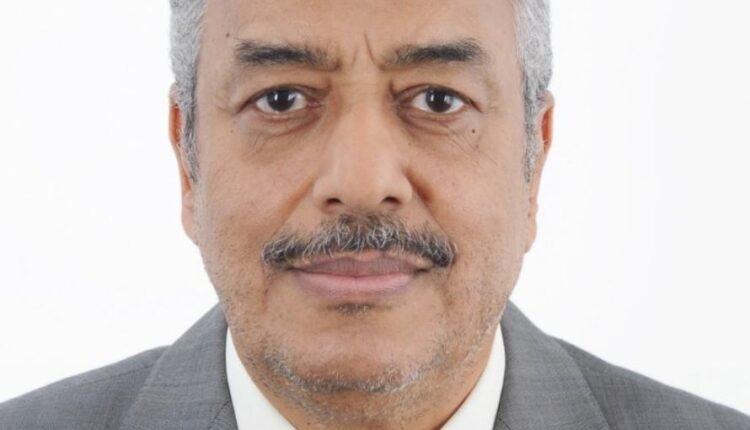The Absent Leadership in Sudan: Systems Leader or Traditional One? (Part 2 of 4)

By Dr. Ismail Satti
In the first part of this series, we explored the concept of systems leadership. In this second part, we attempt to answer these questions: Who is the systems leader? What do they do? What are their characteristics? And how do we distinguish them from a traditional leader?
A systems leader is someone who focuses their efforts on perceiving and understanding all the systems they observe—their interrelated and interactive relationships, feedback loops, and emerging patterns—rather than treating isolated components in a fragmented way, as discussed in the first part.
The systems leader can be easily identified when compared to the traditional leader. He or she works on mapping the relationships and interactions between people, processes, and the environment in which they operate. They view society or the ecological system as a living, breathing organism—not as a mechanistic system with predictable inputs and outputs in a closed internal environment.
Some of the essential tools a systems leader needs (details of which will be discussed in future articles) include:
Causal-loop diagrams
Systems archetypes
Stock and flow models
The “5 Whys” method to trace the root causes of problems
Defining system boundaries, which should be determined collaboratively with stakeholders to reflect multiple perspectives
Comparing the Systems Leader with the Traditional Leader
Time Frame:
The traditional leader’s timeline usually spans 1 to 5 years. In contrast, the systems leader’s timeframe is moment-to-moment, with ongoing change over short, medium, and long terms. Their primary concern is to perceive patterns that shape the system’s behaviour and identify root dysfunctions.
Problem Framing:
The traditional leader aims to pinpoint the major obstacle. The systems leader, however, studies the effectiveness and interconnectivity of the system’s components, learning from the process even if it doesn’t lead to an immediate solution. For them, the learning journey is more important than the destination.
Decision-Making Style:
The traditional leader uses directive or consultative methods. The systems leader favours participatory, iterative experiences with stakeholders, aiming to develop their creative capacity.
Thus, the systems leader isn’t focused solely on “making the right decision” but on fostering collective, systemic learning.
Leverage Points:
The traditional leader relies on specific levers, such as incentives and resources. The systems leader focuses on improving the system’s structure and dynamics and ensuring smooth information flows.
Success Metrics:
The traditional leader gauges success using goals and performance indicators. For the systems leader, success is measured by the system’s flexibility and the participants’ capacity for self-directed learning.
Orientation:
The traditional leader emphasizes defining a vision and achieving set goals. The systems leader works on developing both their own and the participants’ continuous understanding of systemic interconnections and reactions—leading to learning and evolution.
Risk Management:
The traditional leader seeks to minimize variability. The systems leader embraces variability as a valuable source of learning.
Communication Style:
The traditional leader typically uses top-down communication. In contrast, the systems leader adopts a networked, multi-voiced communication style.
Finally, the traditional leader focuses on reciprocity—”Do A to get B.” The systems leader is driven by emergence and collaborative creativity.
In Summary:
A systems leader focuses on emerging patterns hidden beneath the surface of system behaviours over time and seeks out the interconnections and interactions among system elements. In contrast, the traditional leader focuses on goals, individuals, or processes in a fragmented, isolated manner.
Systems leadership is not a job title, but rather a continuous practice and shared vision among all participants and stakeholders. It involves exploring system interdependencies and honing everyone’s capacity for systems learning.
Now that we understand what a systems leader is and how they differ from a traditional one, let us apply this understanding to real examples from our country—Sudan.
That’s what we’ll explore in Part 3 of this series.
Shortlink: https://sudanhorizon.com/?p=5301

